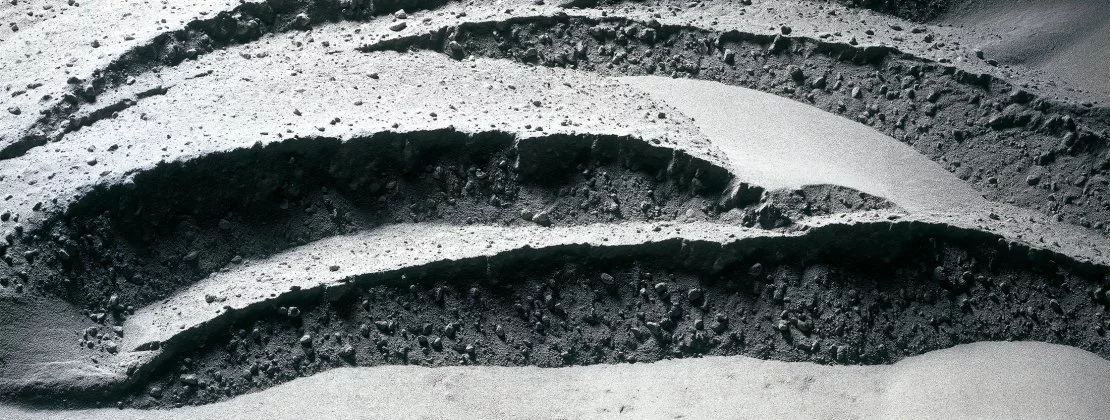Platinum
- Antimony
- Arsenic
- Bismuth
- Cerium
- Cobalt
- Copper
- Gallium
- Gold
- Germanium
- Indium
- iridium
- lanthanum
- Lead
- Lithium
- manganese
- Molybdenum
- neodymium
- Nickel
- Palladium
- Platinum
- Praseodymium
- Rhodium
- ruthenium
- selenium
- silver
- tantalum
- tellurium
- tin
- Tungsten
Let's help you!
- Swarna Aditya Bullion and Commodities Resources Private Limited Plot No 75, Sector -4 Industrial Estate IMT Manesar GURGAON 122051
- +911244084919
- info@swarnaadittyabullion.com

Overview
If you think gold is a rare metal, our metal of the month is even scarcer: 30 times rarer than gold, in fact. Platinum, unlike most other metals, is difficult to find among the minerals in the Earth’s outer crust. It can, however, also be found in its pure form. If all the platinum ever produced were melted and poured into an Olympic-sized swimming pool, it would barely reach your ankles! To give you a clear comparison, all the gold ever produced would fill three Olympic-sized swimming pools.
Applications
Platinum is a highly valued and sought-after metal because of its properties and wide range of uses. Its main application is in catalytic converters for cars, trucks and buses, where it is used in combination with palladium and, occasionally, rhodium. Catalytic converters help make mobility cleaner by reducing exhaust gases. This accounts for about 50% of the platinum used, as it is very effective at converting toxic gases into less harmful emissions.
The metal is also used extensively in jewelry and dental alloys. This accounts for about 30% of its consumption. Because of its classification as a precious metal, it is sometimes used to make coins and other currency as well. For example, Russia first made coins with platinum in 1828.
Thanks to its high melting point and good resistance to corrosion, platinum is found in laboratory ware. Platinum gauzes are used as a catalyst in the production of nitric acid and ammonia, as well as in the synthesis of cyan hydric acid. It is also employed in the pharmaceutical industry as a selective hydrogenation agent. Platinum is used in pacemakers and other equipment inserted in the human body because of its resistance to corrosion from bodily fluids and lack of reactivity to bodily functions.
Platinum is also used to power computers as it is found in thermocouples and hard discs. In addition, it contributes towards the mobility of the future as it forms part of the electrodes found in fuel cells.
Last but not least, platinum compounds are important chemotherapy drugs used to treat cancers. Researchers continue to find applications for platinum.
Recyling
Due to its value, platinum tends to be recycled quite readily. By far the majority of the recycling volumes come from spent automotive catalysts, with old jewelry and electronics making up the remainder. In addition to end-of-life recycling, significant volumes of platinum are used in closed-loop production processes for example in glass manufacturing where old platinum equipment is recycled and turned into new equipment, or in the chemical and pharmaceutical world.
Properties
Platinum is an attractive silver-white metal that is malleable, ductile, very heavy and has a high melting point. It is extremely resistant to tarnishing and corrosion, which is why it is considered a “noble metal”.
Platinum is one of the transition metals, a group that includes gold, silver, copper and titanium. The atomic structure of these metals means that they can easily bond with other elements. This is why small amounts of iridium are commonly added to produce a harder, stronger alloy that retains the advantages of pure platinum.
History
It is difficult to date the discovery of platinum. The first samples were brought back from Ecuador by the Spaniard Antonio Ulloa in the mid-18th century. Small silver-like objects were made by the native Americans from a gold-platinum alloy – hence the name platina, the Spanish word for little silver.

